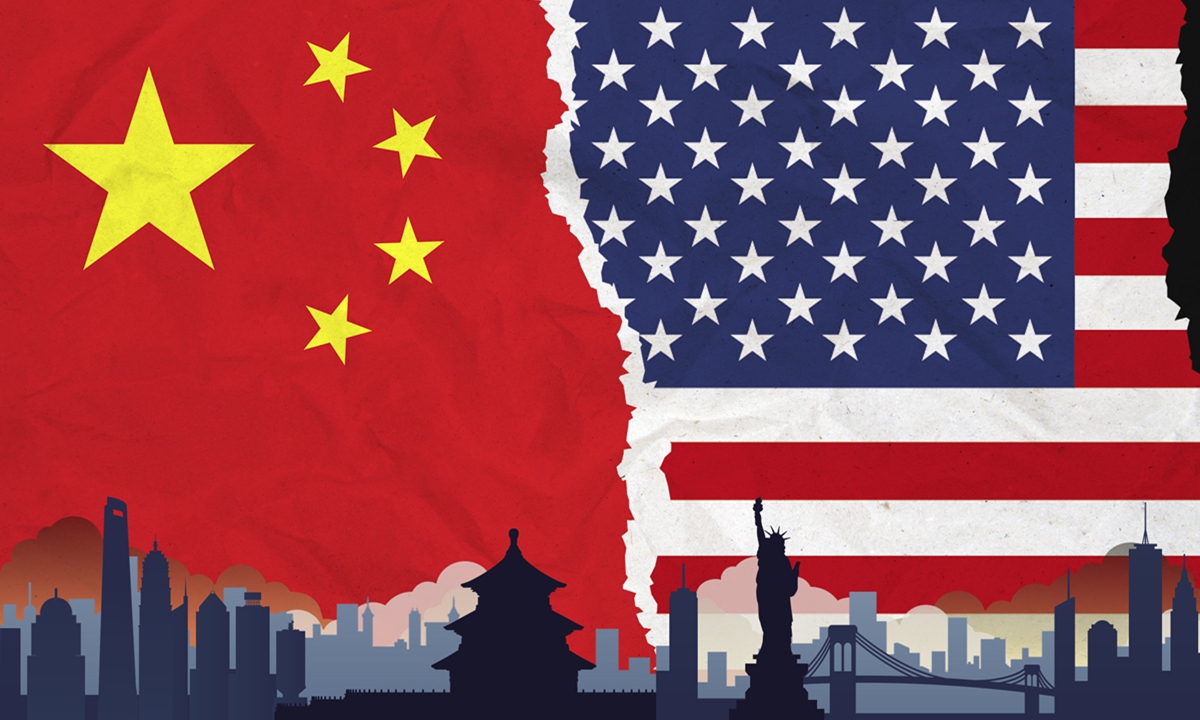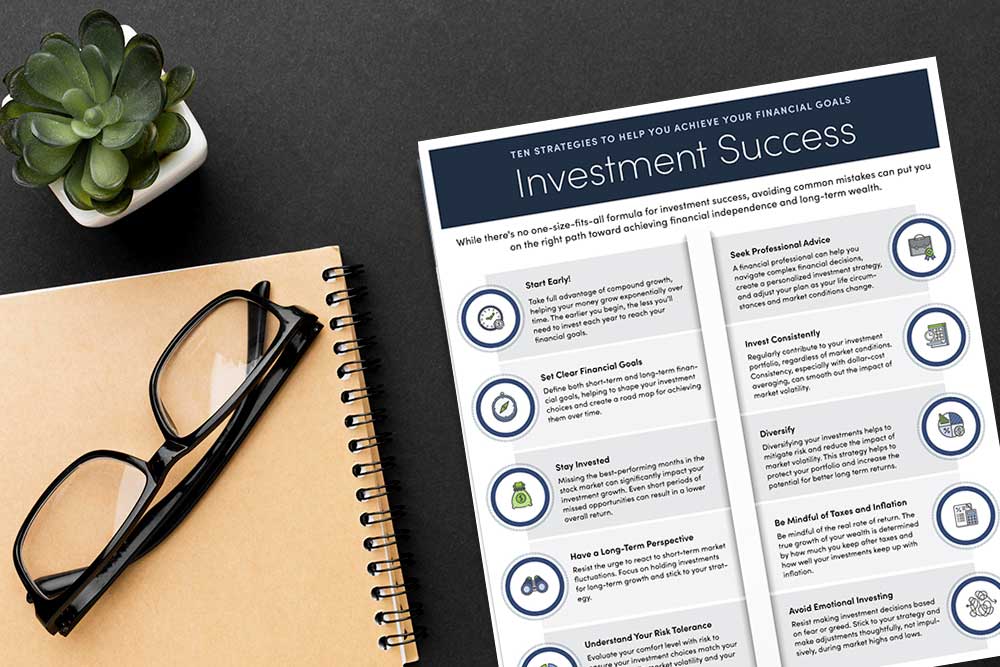Clothing Prices Rise as China Tariffs Hit Fashion the fashion industry is no stranger to volatility. From seasonal demand spikes to the relentless quest for the next big trend, designers and retailers have always needed to stay nimble. But there’s a new, less glamorous factor shaking up the racks—clothing tariffs from China.
These tariffs are not merely economic policies tucked into trade agreements. They’re seismic shocks that reverberate from the textile mills of Guangzhou to boutique storefronts in New York City. As the global economy tilts and realigns amid political tensions and trade disputes, the fashion world finds itself at the mercy of something it can’t style away: higher import duties.

The Tariff Tangle: A Quick Primer
At the heart of the issue are the clothing tariffs from China, imposed as part of a broader trade dispute between the United States and China. These tariffs are part of a suite of economic sanctions meant to address issues like intellectual property theft and trade imbalances. But in practice, they’ve caused ripple effects that are hitting consumers—and their wallets—hard.
Tariffs on apparel have added between 10% to 25% on top of the original import costs. And given that China is the largest supplier of clothing to the United States, accounting for over 30% of all apparel imports, these costs are significant.
Why China Matters So Much
China isn’t just a major supplier—it’s the backbone of many fashion supply chains. The country offers a rare combination of vast manufacturing capacity, sophisticated textile infrastructure, and decades of experience in rapid production scaling. This ecosystem has made it the go-to for brands looking to create everything from $10 tees to $1,000 designer dresses.
When clothing tariffs from China are applied, they don’t just hit one item or sector. They affect entire production lines, disrupt vendor relationships, and inflate costs across the board.
Brands in Crisis Mode
Some of the biggest names in fashion are scrambling. Mid-tier retailers, fast fashion giants, and even luxury labels have been forced to reevaluate their sourcing strategies. Some are moving operations to countries like Vietnam, Bangladesh, or even back to the U.S. Yet these shifts aren’t instantaneous. Relocating production involves months—if not years—of planning, partnership building, and quality assurance.
Meanwhile, the increased costs are already trickling down to consumers. According to a recent study by the American Apparel & Footwear Association, the average cost of imported clothing has risen steadily since the tariffs were enacted. And it’s not just jeans and t-shirts—everything from children’s pajamas to formal wear is now more expensive.
The Domino Effect on Retail
Retailers, especially those operating on razor-thin margins, are facing tough decisions. Some are absorbing the extra costs themselves, reducing their profits in an already competitive market. Others are raising prices, hoping customers will accept the hike. A few are choosing to reduce quality or alter designs to cut production expenses.
Even online brands are feeling the heat. E-commerce may seem like a more flexible environment, but the reliance on global supply chains remains the same. In fact, the digital-first brands that pride themselves on affordability and fast delivery may be among the most vulnerable.
Small Businesses Bear the Brunt
While large companies might have the resources to adapt, small and independent fashion brands are especially vulnerable. For a boutique clothing label that relies heavily on a Chinese supplier, clothing tariffs from China can be devastating. Some are facing cost increases of up to 40%—a figure that threatens their very survival.
Many have had to slash production runs, delay new launches, or even exit the market altogether. These brands often lack the capital to explore new manufacturing relationships or absorb extra costs, and consumers looking to support small businesses are often left with higher price tags.
Consumer Response: Sticker Shock and Shopping Habits
For shoppers, the impact is real—and visible. Prices are going up, deals are becoming rarer, and many are starting to notice that their favorite brands are offering fewer new items each season. The fashion-forward consumer is now grappling with the reality of economic geopolitics.
There’s also a growing awareness among shoppers about supply chain ethics and sustainability. While clothing tariffs from China are primarily economic tools, they’re inadvertently pushing some consumers toward more conscious purchasing decisions. Re-wearing, thrifting, and supporting local designers are on the rise.
Pivoting Supply Chains: Easier Said Than Done
So why don’t brands just switch to other countries? It’s not that simple. China’s manufacturing capabilities aren’t easily replicated. The logistics, quality control, and sheer scale of Chinese factories are unmatched.
Moving operations to other countries involves building new partnerships, training new labor forces, and sometimes sacrificing speed or quality. Furthermore, political stability, infrastructure, and regulatory hurdles in alternative markets present their own challenges.
In essence, the world may want to diversify away from China, but the road is long and winding.
Long-Term Strategies: Adaptation is the New Black
Forward-thinking brands are developing long-term strategies to deal with the unpredictability of trade policy. Some are investing in nearshoring—bringing production closer to their main markets. Others are exploring automation in manufacturing to cut labor costs and reduce reliance on international suppliers.
There’s also a renewed focus on digital supply chain tools. Predictive analytics, blockchain tracking, and AI-driven logistics planning are becoming critical in helping companies stay agile in a volatile trade environment.
Policy, Politics, and the Future
The political landscape remains a major wildcard. Trade relations between China and the U.S. continue to fluctuate based on leadership changes, diplomatic dialogues, and broader geopolitical tensions.
Some policy analysts suggest that clothing tariffs from China might remain for the foreseeable future, regardless of who sits in the Oval Office. Others believe negotiations could lead to a rollback or reconfiguration of existing tariffs.
What’s clear is that the fashion industry will need to remain resilient and adaptable. Trade policies can shift overnight, and brands must be ready to pivot just as fast.
Innovation on the Runway
Amidst the turbulence, innovation is thriving. Designers and brands are experimenting with new materials, local production techniques, and upcycled textiles to lower costs and maintain appeal.
The challenges posed by tariffs have, in some ways, forced the industry to rethink its overreliance on a single source and consider more holistic, sustainable strategies.
For example, some brands are turning to 3D design software to reduce sampling costs. Others are launching capsule collections made entirely in domestic workshops. And a few are engaging directly with consumers through crowdfunding platforms to finance new lines without traditional upfront capital.
Final Thoughts: A Wardrobe Revolution
The fashion industry may be facing one of its most trying periods, but it’s also standing at a crossroad of innovation and resilience. Tariffs are not just taxes—they are catalysts for transformation.
Whether you’re a consumer puzzled by a $10 increase on your favorite blouse or a retailer recalculating your inventory strategy, the reality is this: clothing tariffs from China are reshaping fashion as we know it.
From production floors in Asia to closets in America, this seismic shift is pushing the industry to adapt, evolve, and perhaps emerge stronger and more diversified than ever before.
So the next time you see a price tag that seems a little higher, know that it’s not just inflation or branding—it’s a signal of a broader economic story playing out on a global stage, woven into every stitch.






